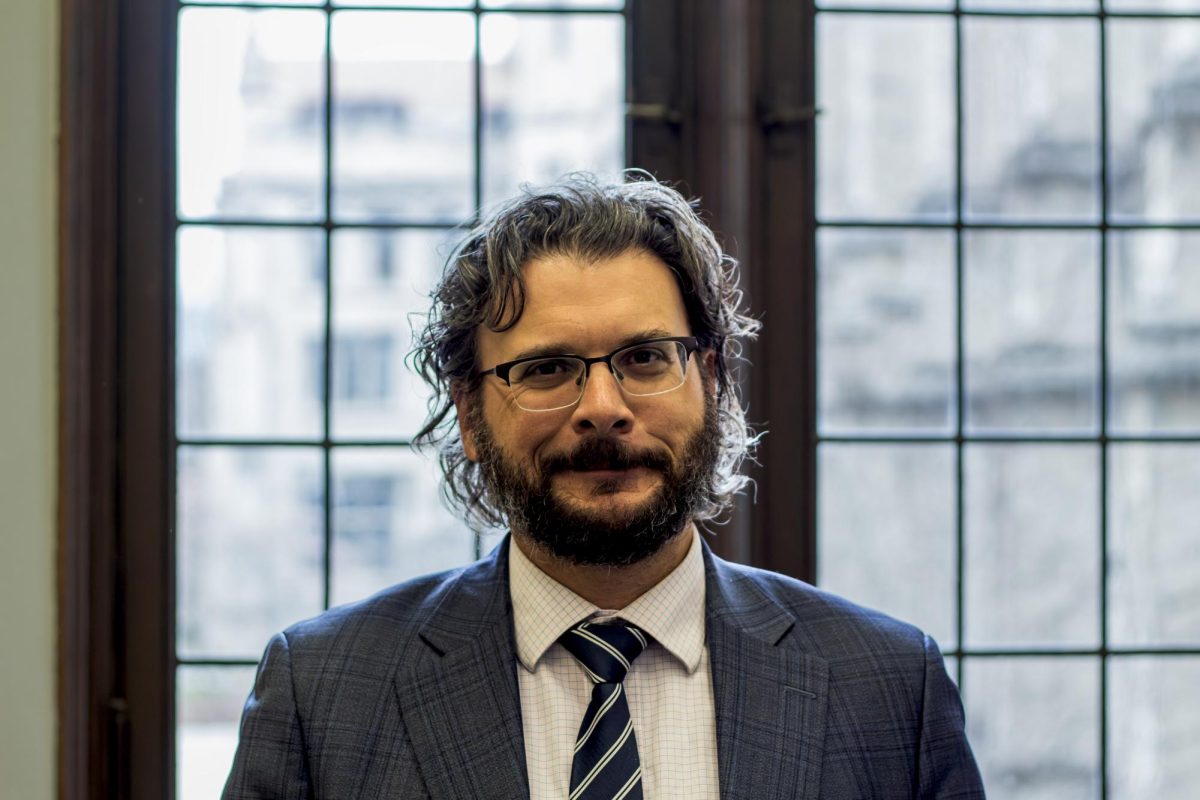German scientist Peter Grünberg, who won a 2007 Nobel Prize in physics last week, performed some of the research that led to a breakthrough in nanotechnology at U of C–owned Argonne National Labs. Working previously as a research scientist at the Institute of Solid State Research in Jülich, Germany, Grünberg came to Argonne in the mid-eighties to research magnetoresistive material.
In 1988, both Grünberg and French scientist Albert Fert discovered the giant magnetoresistive (GMR) effect, which plays a vital role in enabling the coding of larger amounts of data on smaller computer hard disks. The two scientists were awarded the Nobel prize last Tuesday in Stockholm.
According to the Nobel Prize Committee, the GMR effect has played a vital role in recent technological advances, proving to be one of the first real applications of nanotechnology. Its discovery made possible the creation of reading-head tools to extract data from hard drives in electronic devices and to make smaller hard disks.
In a phone interview posted on the Nobel Foundation’s website, Grünberg said that while computers have changed society in the past few decades, the hard disk drive application of his discovery has been discussed for so many years that he is no longer so excited about that application of his work. Instead, he looks forward to the use of GMR to detect genetic material.
“You can attach antigens to antibodies, you can attach the antibodies to so-called magnetic beads and, via magnetoresistive sensors, you can then detect genetic material,” he said. “And this is a topic which is very broad and if it works it has many, many applications. It works together with magnetic nanoparticles which are superparamagnetic. And so that’s an application which is also discussed now for some time and famous labs also zero in on this topic and treat that.”
The chief scientist at Argonne’s Center for Nanoscale Materials, Sam Bader, said in a press release that Grünberg was a humble, shy man and a good father. Grünberg was supposed to remain at Argonne for a year but ended up staying for an extra six months because he liked the lab so much.









